Solar systems are getting bigger and many Australian households are wanting to fill their rooftops with solar panels – find out more in the latest auSSII report.
Solar System Sizing
For some years, the SolarQuotes quoting form had “6kW+” as the largest solar power system size selection. Given 6kW is considered entry level these days, some tweaks have been made to get better detail on capacity range choices. We’re still moving between the two systems, but there was enough data captured in September to provide meaningful results. And here they are:
Where a capacity was specified, close to 73% wanted a quote on a 5 – 10kW system and around 11% for a 10 – 15kW package. A really interesting result was a whisker over 9% wanted to fill their rooftops with solar panels.
If you’re not sure what capacity system you should be shooting for, check out SolarQuotes Founder Finn’s advice on how much solar you’ll need. Generally speaking, filling your available rooftop space with panels is often a good way to go.
Purchase Timeframe
25% of Australians looking to install panels were wanting to buy a system immediately – up on August’s 23% and July’s 21%. A further 33% had their sights set on a purchase within the following 4 weeks, indicating a healthy appetite for having a system installed sooner rather than later.
Price/Quality
A touch more price sensitivity in September perhaps, with 11% registering an interest in a “top quality” (most expensive) system compared to 12% in August. Again, 81% were interested in a system offering a good balance of cost and quality (same as August) and 8% in a good budget system.
You can see where various SQ-approved brands generally sit on the pricing spectrum on our recommended solar panel and inverter charts. To dig deeper, compare estimated prices for specific solar panels here and see our solar inverter comparison table here.
Australian Solar Price Index
On a related note, you can keep tabs on the cost of going solar in Australia using the SolarQuotes Australian Solar Price Index, which is updated in real time.
Microinverter/Optimisers
We’ve been reporting on microinverters and power optimiser (both are forms of panel level optimisation) interest for a while, but all good things come to an end – this will be the last update for this particular aspect of the auSSII. In September, close to 21% were interested in learning more about these options – up a little on August and July.
Solar Consumption Monitoring
Advanced solar monitoring is a very useful option enabling system owners to keep tabs on how much energy from the panels is being generated, but also the level of solar energy consumption in the home. Finn is a big fan of advanced monitoring and highly recommends it. In September, close to 40% of enquiries indicated interest in this option – down on August’s 43% and July’s 42%.
Battery Ready PV
A little more than 6% of quote requests expressed interest in a “battery-ready” solar system (8% in August and 7% in July). While all solar systems can have batteries retrofitted, indicating storage may be on the cards can be helpful to prospective installers in terms of designing and advising on a suitable system.
Solar + Battery Installation
12% of enquirers were considering installation of a battery at the same time as solar panels, similar to August. If you’re considering a home battery, check out Finn’s new 101 guides on understanding, buying and owning solar battery storage – lots of very valuable information clearly explained.
Home Battery Sizes
Where a battery installation was wanted with a new PV system and the enquirer had a capacity in mind:
- 1 – 5 kWh: ~11% (August ~12%)
- 5 – 10 kWh: ~52% (August ~48%)
- 10 kWh+: ~38% (August ~41%)
Main Battery Use
Around 8% of Australians considering a home battery wanted it primarily for backup purposes (5% in August, ~7% in July, 6% in June), 41% for minimising mains electricity consumption (close to 40% in August, 32% in July, 41% in June) and 51% for both purposes (55% in August, 61% in July).
Electricity Bills Before Installation
Where electricity bill costs were known, close to 49% were forking out between $500 and $1,000 on average per quarter – this has usually ranged from 45% and 47% in recent times; so a noticeable increase there.
Also creeping up again were those paying more than $1,000 a quarter – this rose to close to 13% in September (12% in August, 11% in July and 9% in May and June). While wholesale electricity prices have been decreasing, many Australian households have been subject to stay-at-home orders, which is likely the cause of bigger bills.
What Is The auSSII Based On?
The auSSII is based on information provided in requests from the thousands of Australians who utilise the SolarQuotes quote service every month.
Superb Solar Sales Leads Since 2009
More than 568,270 Australians have received solar quotes since SQ commenced operations in 2009. If you’re a business committed to solar installation and customer care excellence and would like to tap into a solid source of high quality leads, learn more here.
Re-using auSSII Report Content
Content from this report may be reproduced assuming the content is attributed to SolarQuotes and this page is referenced.

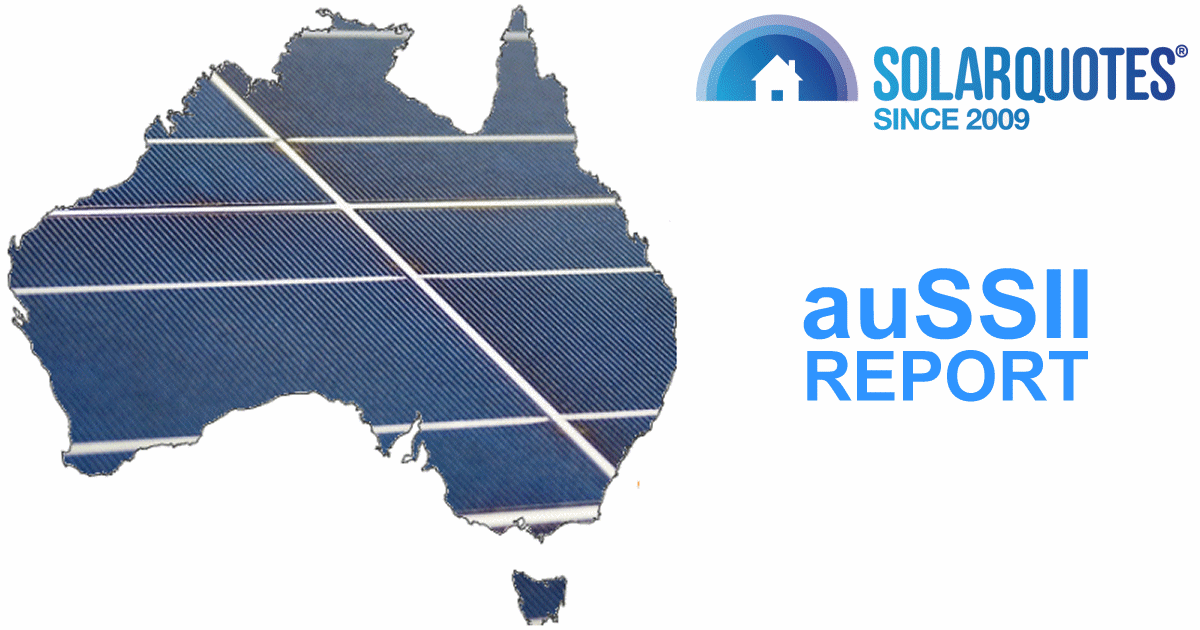
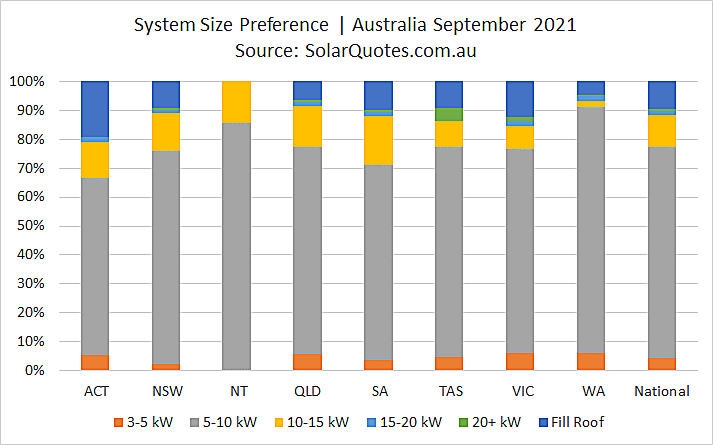
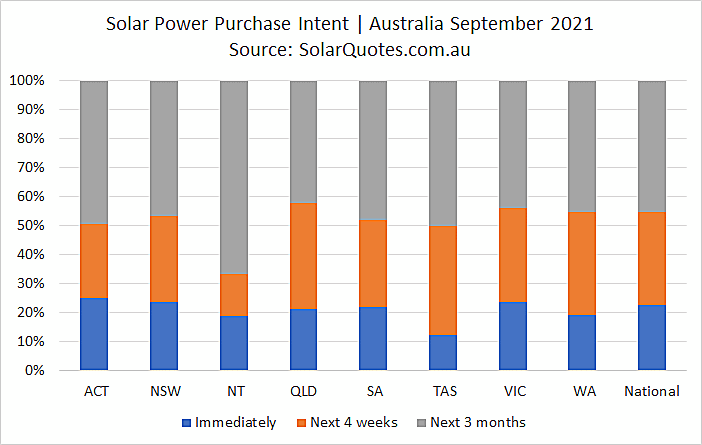
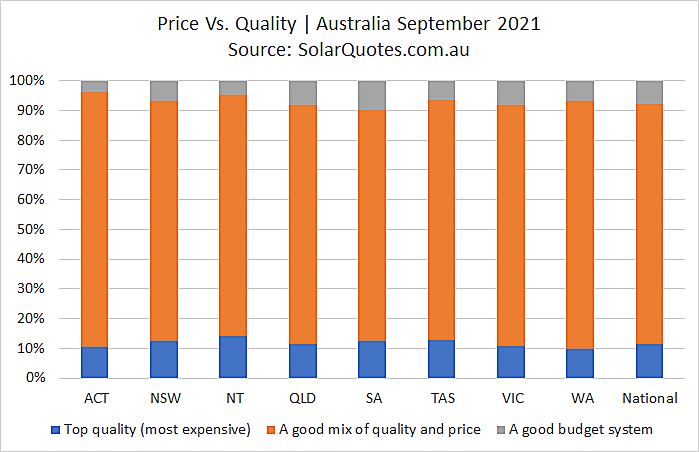
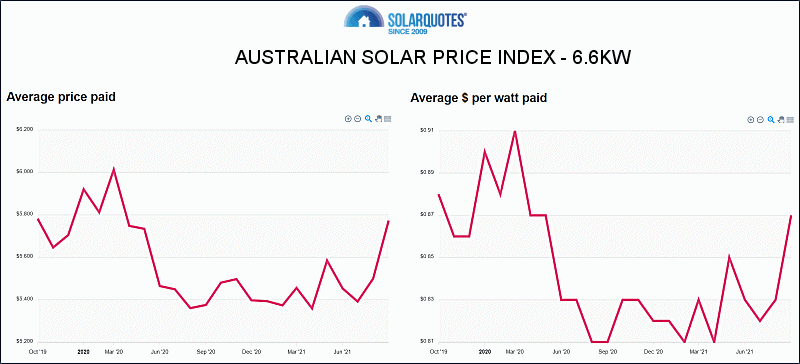
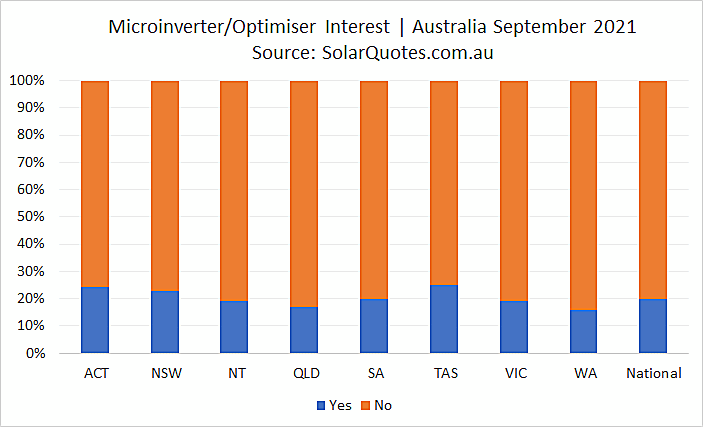
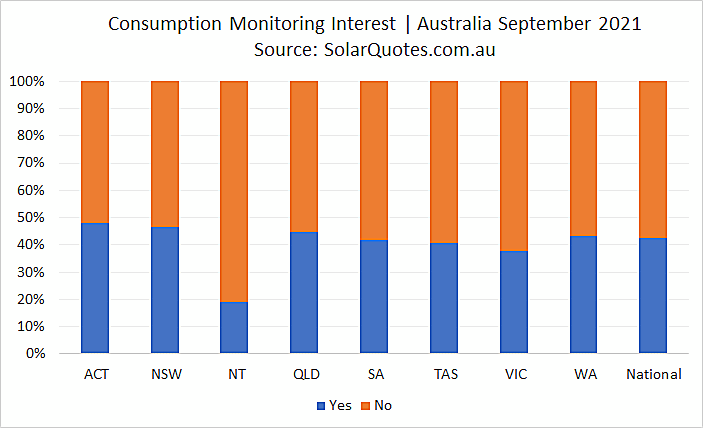
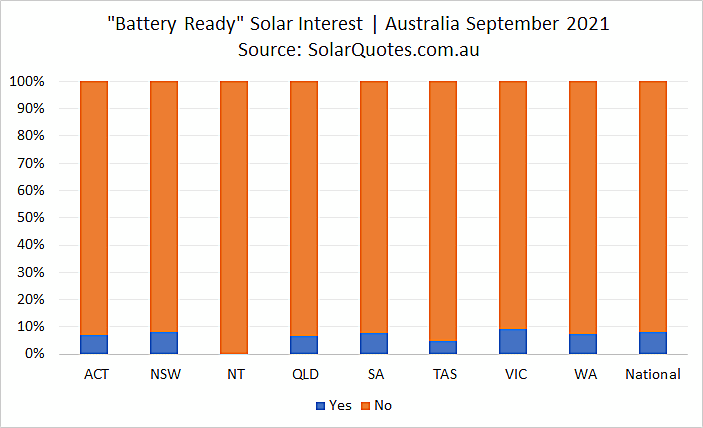
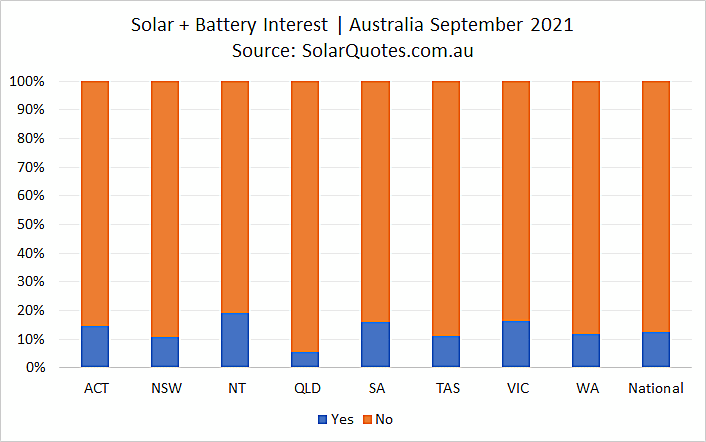
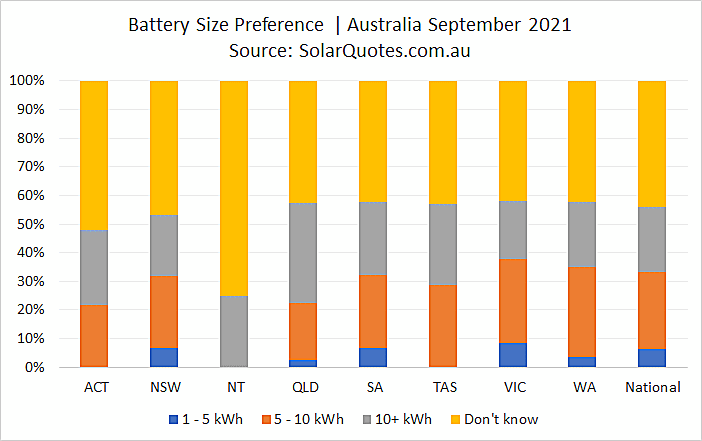
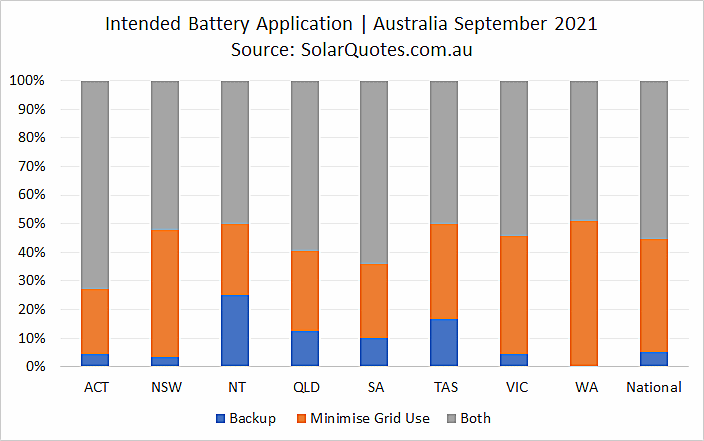
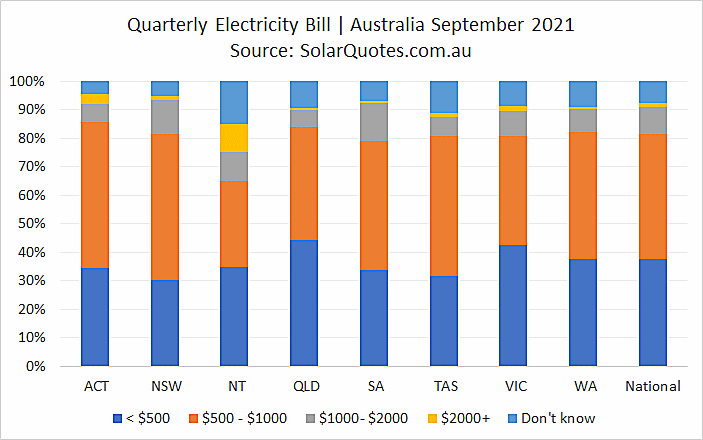
 RSS - Posts
RSS - Posts



Speak Your Mind